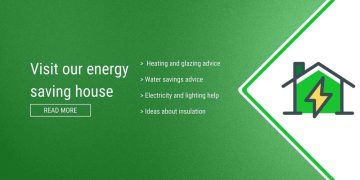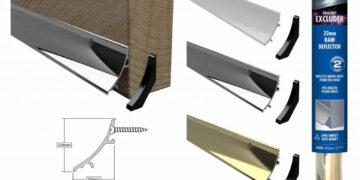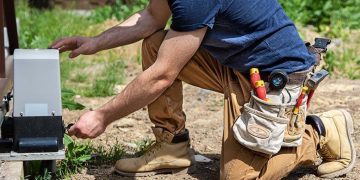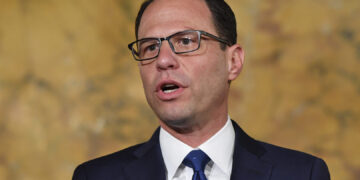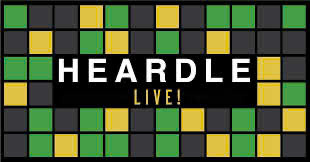Introduction
The world of electrical installations is evolving rapidly, driven by advancements in technology, increasing energy efficiency demands, and a growing emphasis on smart home automation. Homeowners today seek more than just basic wiring; they desire intelligent systems that enhance safety, convenience, and sustainability. From smart lighting to renewable energy integration, the latest trends in electrical installations are shaping modern homes like never before. Let’s explore some of the most innovative and impactful trends in the field.
1. Smart Home Automation
Smart home technology has become a game-changer in electrical installations. With the rise of the Internet of Things (IoT), homeowners can now control lighting, heating, security systems, and even appliances with a smartphone or voice commands. Some key advancements in smart home automation include:
- Smart Switches and Dimmers: These allow homeowners to control lighting levels remotely, set schedules, and integrate with voice assistants like Alexa and Google Assistant.
- Smart Thermostats: Devices such as Nest and Ecobee optimize energy use by learning user behavior and adjusting heating and cooling accordingly.
- Integrated Security Systems: Video doorbells, smart locks, and motion-sensing cameras enhance home security with real-time monitoring and remote access.
2. Energy-Efficient LED Lighting
LED lighting continues to dominate modern electrical installations due to its energy efficiency, longevity, and versatility. New developments in LED technology include:
- Smart LED Bulbs: These bulbs allow users to customize brightness, color temperature, and even sync lighting with music or mood settings.
- Human-Centric Lighting (HCL): HCL systems adjust color temperature throughout the day to mimic natural daylight, promoting better sleep and productivity.
- Motion-Activated and Sensor-Based Lighting: These features help conserve energy by ensuring lights are only used when needed.
3. Renewable Energy Integration
With increasing concerns over sustainability and rising electricity costs, homeowners are turning to renewable energy sources. Electrical installations now often include:
- Solar Panels and Battery Storage: Solar energy systems, combined with battery storage solutions like Tesla Powerwall, enable homeowners to store excess energy and reduce reliance on the grid.
- EV Charging Stations: With the rise of electric vehicles, residential EV chargers are becoming a common electrical installation feature.
- Microgrid and Net Metering Systems: These allow homeowners to sell excess power back to the grid, promoting energy independence.
4. Advanced Circuit Protection and Smart Electrical Panels
Safety remains a top priority in electrical installations. The latest innovations in circuit protection ensure homes are equipped to handle modern energy demands safely.
- Arc Fault Circuit Interrupters (AFCIs): These devices prevent electrical fires by detecting and shutting down dangerous arcing conditions.
- Ground Fault Circuit Interrupters (GFCIs): GFCIs reduce the risk of electric shock, particularly in areas with water exposure such as bathrooms and kitchens.
- Smart Electrical Panels: Next-generation panels like Span and Leviton offer real-time monitoring of energy consumption, allowing homeowners to optimize power usage and detect faults early.
5. Wireless and Modular Electrical Systems
As technology advances, electrical installations are becoming more adaptable and easier to manage. Wireless and modular systems are gaining popularity due to their convenience and flexibility.
- Wireless Power Transmission: Emerging technologies are exploring ways to transmit electricity without wires, reducing the need for extensive cabling.
- Plug-and-Play Modular Systems: These allow for easy upgrades and modifications, making future expansions hassle-free.
6. Home Energy Management Systems (HEMS)
Home Energy Management Systems (HEMS) are gaining traction as homeowners seek better control over their energy consumption.
- Smart Meters: These devices provide real-time data on electricity usage, helping users make informed energy-saving decisions.
- Automated Load Management: HEMS can distribute energy efficiently based on usage patterns and priorities, reducing waste and costs.
- Integration with AI and Machine Learning: AI-powered systems analyze energy usage and suggest ways to optimize consumption for lower bills.
7. Sustainable and Green Electrical Materials
Sustainability is a major focus in modern electrical installations. The industry is shifting towards eco-friendly materials and energy-efficient components.
- Recycled and Low-Impact Wiring: Copper alternatives and recycled materials are being used to reduce the carbon footprint of electrical systems.
- Biodegradable Insulation and Conduits: Environmentally friendly insulation materials are replacing traditional PVC-based options.
- Solar-Powered Outdoor Fixtures: These eliminate the need for wired connections and rely entirely on renewable energy.
Conclusion
The landscape of electrical installations is rapidly evolving, with a strong emphasis on smart technology, energy efficiency, and sustainability. Homeowners now have access to cutting-edge solutions that not only enhance convenience but also contribute to a greener planet. As these trends continue to develop, the future of modern homes will be defined by intelligent, eco-friendly, and highly efficient electrical systems. Whether you are building a new home or upgrading an existing one, Contact and embrace innovations can lead to a safer, smarter, and more energy-efficient living space.









